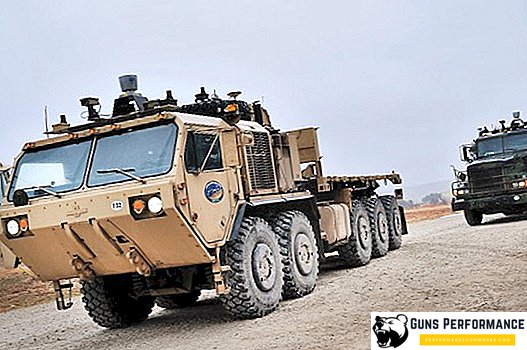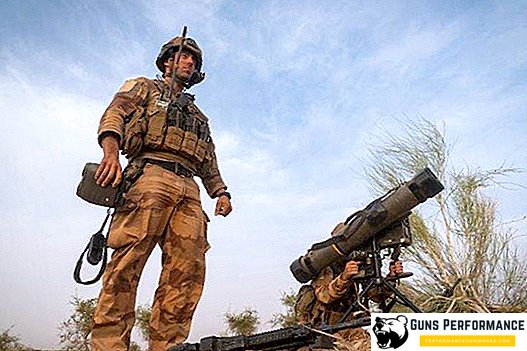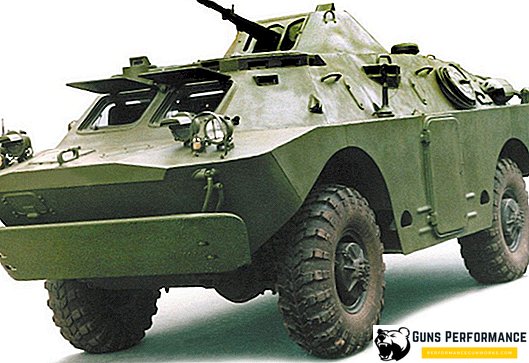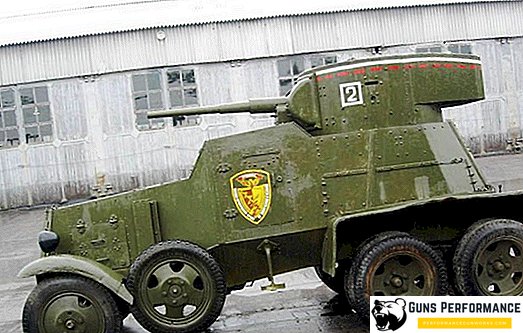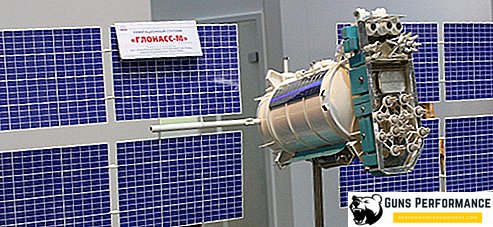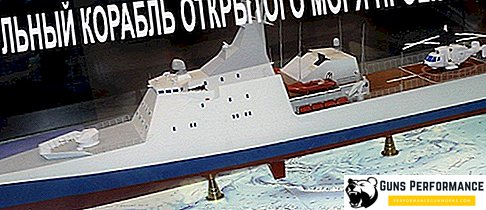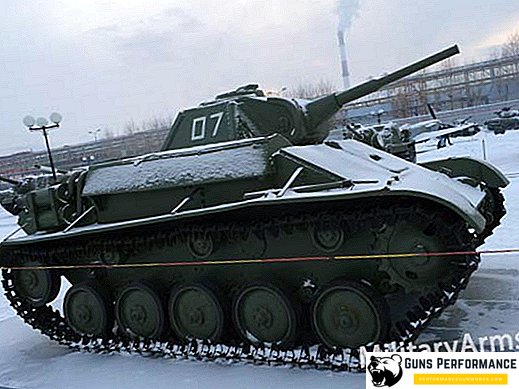
The Soviet light tank T-70 of 1942 was the product of the modernization of its predecessor, the light tank T-60. Modernization and improvement of the tank design was carried out at the Gorky Automobile Plant during the autumn of 1941. Work on the creation of an armored vehicle led N.A. Astrov. The main feature of the new tank was the new propulsion system - two carburetor engines GAZ-202, installed in-line and improved armament. The designation of the tank 070 formed the basis for the subsequent designation of the serial machine T-70.
The car was manufactured in series at several enterprises. In addition to the Gorky Automobile Plant, the T-70 tank was assembled at plant No. 38 in Kirov. In total, from March 1942 to October 1943, the Soviet factories produced 8231 armored combat vehicles.

The main tactical and technical characteristics of the tank T-70
The car had a classic layout. On the armored corps mounted hexagonal tower. Originally produced tanks with riveted team tower, but in 1943, the tank began to install a cast tower. The weight of the armored vehicle in curb condition was 9.2 tons, while the thickness of the armor of the vehicle was as follows:
- forehead case 35-45 mm;
- the tower had armor 35 mm thick;
- The sides of the tank were protected by 15 mm armor.
The length of the combat vehicle was 4290 mm, the width of the T-70 tank was 2350 mm. The movement of the tank was provided by two gasoline engines with a total power of 140 hp. The power reserve of the armored vehicle was 400-450 km. Seventies could move at a speed of 45 km / h on the highway and at a speed of 25 km / h over rough terrain.
Specifications sample 1942
- Production years: 1942-1943.
- Total manufactured: 8231 pcs.
- Combat use: World War II.
- Crew - 2 people.
- Combat weight - 9.2 tons.
- Length - 4.29 m, width -2.35 m, ground clearance - 300 mm.
- Armament: 45-mm cannon (loading unitary, direct shot range - 3600 m, armor penetration (90 degrees): at a range of 500 m - 38 mm, at a distance of 1000 m - 35 mm, ammunition - 66-90 shots). 7.62-mm machine gun (ammunition - 945 rounds).
- The main types of ammunition: armor-piercing, fragmentation shells, canister.
- Armor thickness: body front - 35-45 mm, side - 15 mm, turret - 35 mm.
- Carburetor engines with a capacity of 2x70 hp
- Maximum speed on the highway - 45 km / h.
- Cruising on the highway - 410 km.
- Overcoming obstacles: wall - 0.7 m, ditch - 1.7 m.
The armament of the T-70 tank was represented by a 45-mm gun of 46 caliber and a 7.62 mm course machine gun, also mounted in the turret. The crew of the tank consisted of two people - the driver-mechanic and the commander.
Combat use
The bulk of the Soviet light tanks T-70, released during the year 1942, took part in defensive battles on the Soviet-German front during the autumn-winter campaign of 1942-1943. A significant number of light tanks of this modification formed the basis of the tank fleet of Soviet tank armies operating on the Kursk Bulge.
Photo T-70



